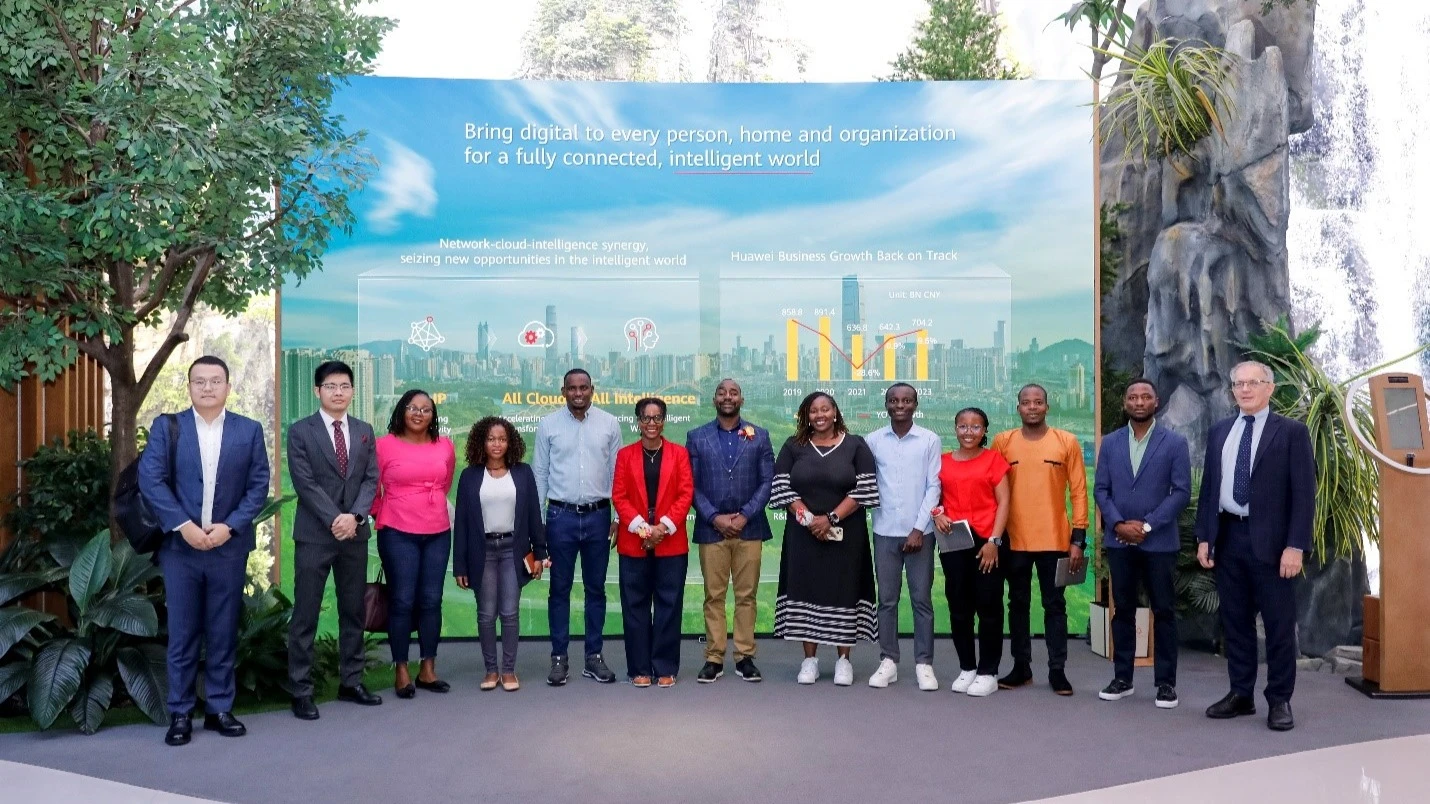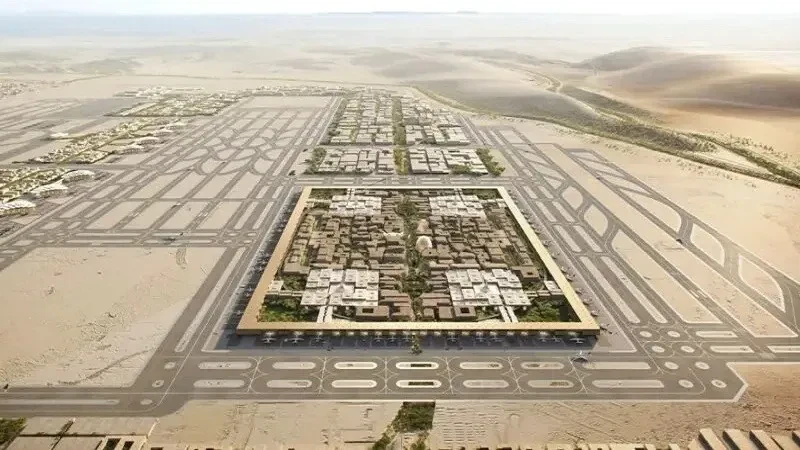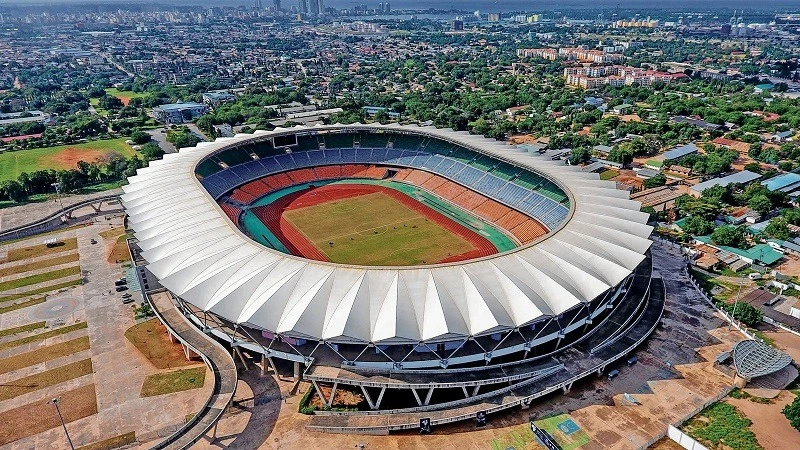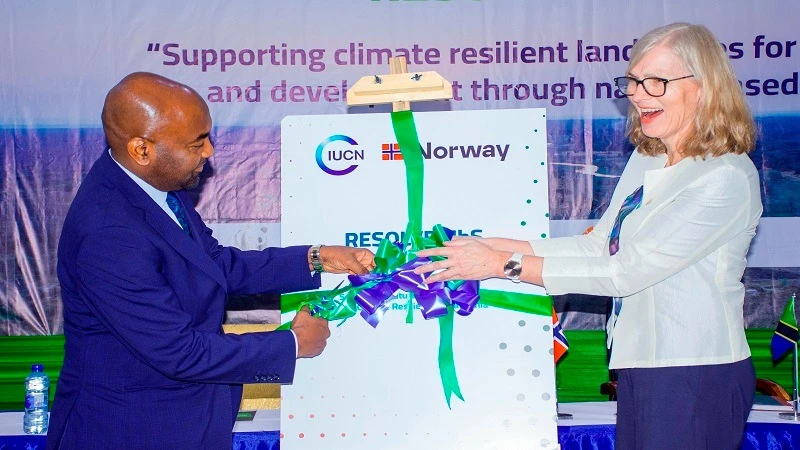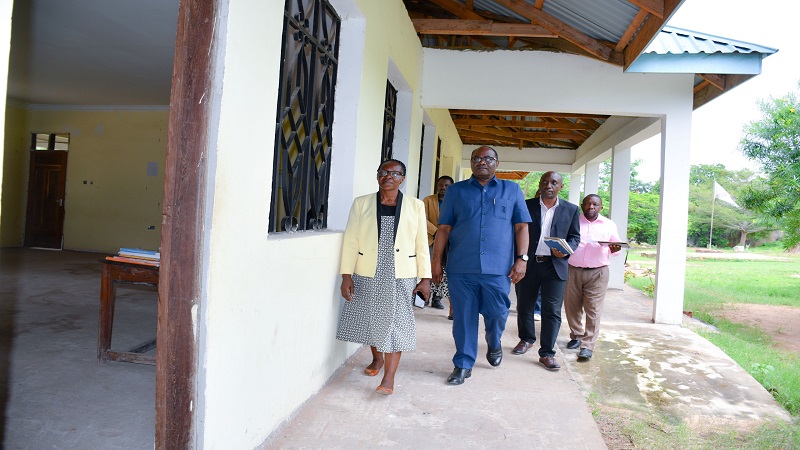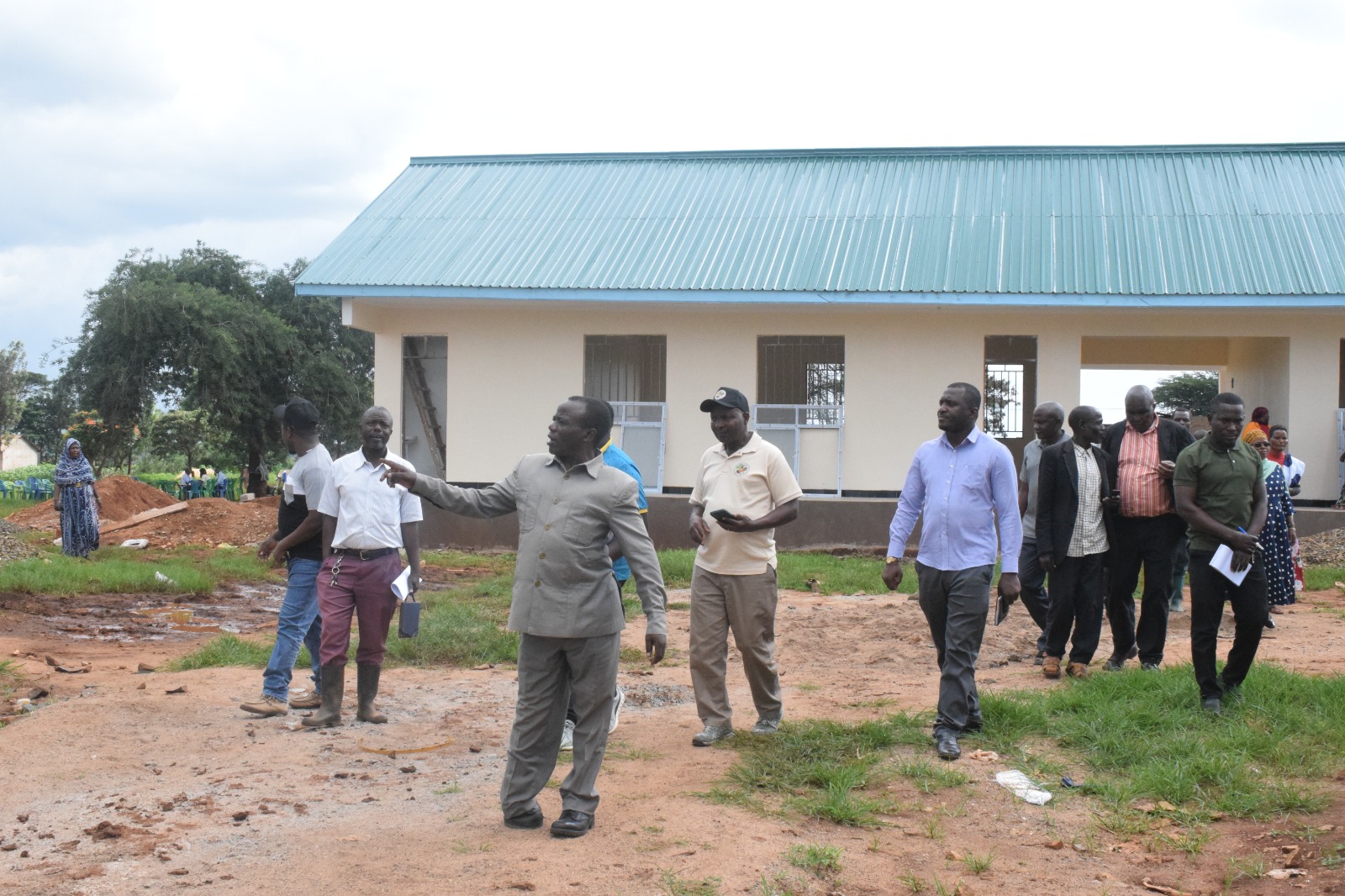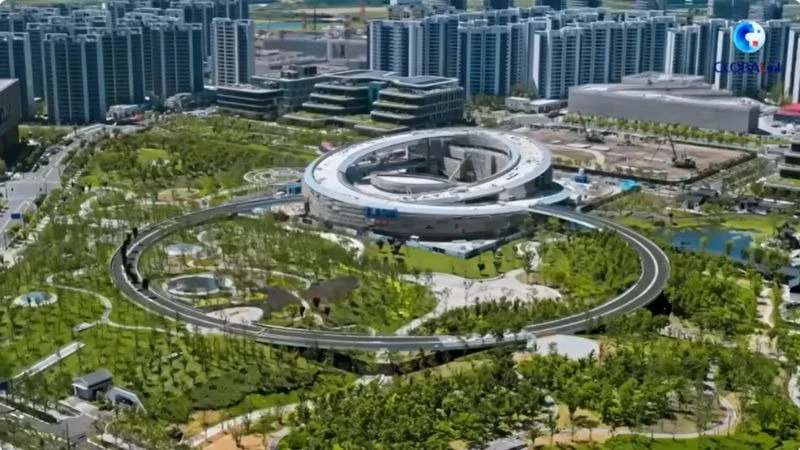Global cement sales to top $641.9bn by 2030
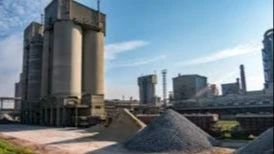
The global cement market, valued at US$410.2 billion in 2023, is projected to grow to US$641.9 billion by 2033, demonstrating a CAGR of 4.7 percent from 2024 to 2033.
Cement, a cornerstone of construction and infrastructure, supports urbanization and economic progress.
As global populations expand, particularly in urban areas, the demand for sustainable and durable building solutions has become critical.
This has spurred innovation in cement production, which is noted for its substantial CO2 emissions, causing industry stakeholders to pursue carbon-neutral goals and sustainable innovations.
The Cement Market's trajectory is heavily influenced by urbanization, infrastructure investments, and advancements in production technologies.
Despite challenges like high carbon emissions and regulatory pressures, the market offers opportunities through trends in green cement and carbon capture technologies.
Regions like Asia Pacific dominate due to rapid urban expansion, while sustainability efforts drive growth in areas like Europe and North America.
Government incentives and technological advances are pivotal in shaping the Cement Market. Initiatives focusing on sustainable construction and emission reduction incentivize greener practices. Technological innovations such as green cement and carbon capture present growth areas but also elevate production costs.
Investment opportunities abound in developing regions with growing urban needs, though risks include regulatory pressures and market saturation in mature areas. Enhanced consumer awareness is pushing demand for sustainable products, influencing market dynamics.
The regulatory environment remains stringent, particularly in developed regions, pushing for emission reductions through strict standards. This evolving landscape fosters both challenges and opportunities, compelling industry players to innovate and adapt.
The Cement Market is segmented by product type, application, and distribution channel.
Product types include Portland Cement, which dominates due to its versatility, Blended Cement, preferred for its sustainability, and White Cement for aesthetic applications.
By application, the market serves residential, commercial, infrastructure, and industrial sectors, with the residential sector driving demand due to urbanization and population growth.
Distribution channels are divided into B2B/Industrial, which dominates due to large-scale construction demand, and Retail/DIY, catering to smaller projects and individual consumers.
Geographically, Asia Pacific leads the market share, driven by rapid urbanization and extensive infrastructure projects, particularly in China and India.
Key drivers for the Cement Market include rapid urbanization necessitating expanded infrastructure, and government investment in public infrastructure. High carbon emissions create significant challenges, reflected in stringent regulations that increase costs.
Market growth is restrained by saturation in developed regions. However, opportunities are ripe in developing economies with burgeoning urban needs and through technological advancements like green cement and carbon capture solutions.
Vertical integration strategies also present opportunities for enhanced market control and efficiency.
The global Cement Market features influential players such as LafargeHolcim, Anhui Conch, and CNBM. LafargeHolcim leads with sustainable practices and extensive global reach. Anhui Conch and CNBM leverage large-scale production efficiencies, primarily in Asia.
Other notable players like UltraTech Cement and ACC Limited play pivotal roles, particularly in the Asian market. Strategies focus on technological development, market expansion, and sustainability initiatives, vital for maintaining competitive edges in this evolving market.
The outlook shows the global cement production in 2025 is projected to reach approximately 4.3 to 4.5 billion metric tons, reflecting a moderate growth rate of 2 production to 3 percent annually.
Demand will be driven by infrastructure development, urbanization, and the construction of green, energy-efficient buildings.
In China production is expected to stabilize at 2.2 to 2.3 billion metric tons in 2025 as the country focuses on reducing overcapacity and environmental reforms, while in India Rapid growth fueled by infrastructure projects is projected to push production beyond 400 million metric tons.
In Southeast Asia, Vietnam and Indonesia will continue expanding due to regional construction demands while in Africa, Cement production is forecasted to increase in Nigeria, Ethiopia, and Egypt, driven by housing and large-scale infrastructure projects.
Reports shows in North America, cement production is expected to remain steady at around 100 million metric tons, with infrastructure spending under US federal initiatives supporting demand.
Global cement production will continue to be shaped by infrastructure development and environmental considerations. Technological innovation and sustainable practices will be critical for industry resilience and growth in 2025.
Top Headlines
© 2025 IPPMEDIA.COM. ALL RIGHTS RESERVED



